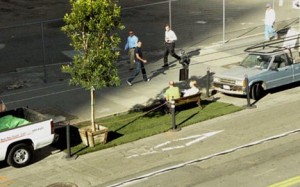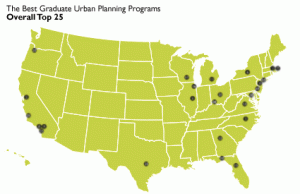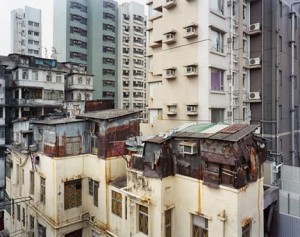Architects have a social responsibility to understand the true needs of the ones that they are serving. Sometimes the needs of the people of the community and the needs of the surrounding environment are not the same. Architecture should not be a competition for fame or recognition. It should be designed primarily to serve.
Archive for October, 2010
Bye, McMansion. Americans go for smaller homes
 October 13th, 2010
October 13th, 2010  admin
admin 
“Home buyers are asking for less, cutting back on options and reducing square footage,“ said Steven Pace of the North Carolina-based Pace Development Group, which builds both custom and tract houses ranging in price from below $250,000 to more than $2 million.
(Park)ing Day: City Streets Turned into Pedestrian Parks
 October 11th, 2010
October 11th, 2010  admin
admin 
Today is (Park)ing Day, a play on words and on cities themselves in which pedestrians take over the streets and redesign parking spaces as miniature public parks around the United States and even in other countries, but (naturally) on the West Coast in particular.
Penn students create ambitious plan for rail service
 October 9th, 2010
October 9th, 2010  admin
admin 
A class of graduate students at the University of Pennsylvania has created a plan to rebuild the Northeast Corridor as a true high-speed rail line that would transport passengers from Philadelphia to New York City in 37 minutes. Amtrak, on the other hand, has a less ambitious view of the future for the nation’s busiest rail corridor. Its new master plan calls for spending $52 billion by 2030 to cut travel time by about 20 minutes between New York and Washington and between New York and Boston. It envisions reducing travel time between New York and Philadelphia by four minutes.
The Top Schools For Urban Planners
 October 5th, 2010
October 5th, 2010  admin
admin 
The Planetizen 2009 Guide to Graduate Urban Planning Programs — the essential resource for prospective planning students — is now available. Covering 100 programs in the United States and Canada, the Guide features detailed program profiles, listings of the best schools and the insights of current students and planning professionals.
Penthouse Slums: The Rooftop Shanty Towns of Hong Kong
 October 4th, 2010
October 4th, 2010  admin
admin 
Shanty towns are nothing new in large cities with little (enforced) regulation, but this is something you have to see to believe: everything from small shacks to multi-story structures, individual buildings to entire villages, all spread out in organic mazes over the rooftops of apartment structures and skyscrapers throughout Hong Kong – a set of smaller communities within the larger surrounding city.
 RSS Feed
RSS Feed






 Posted in
Posted in  Tags:
Tags: 
